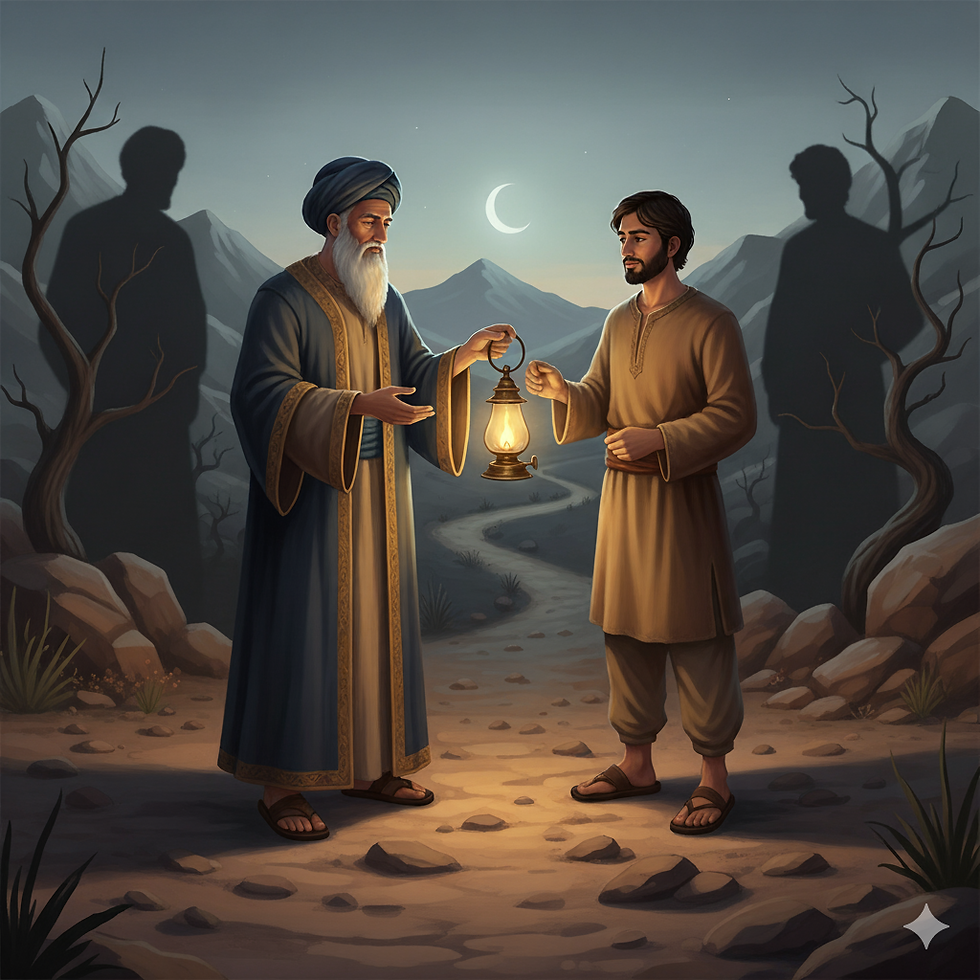The Man Who Mistook a Pebble for the Present Moment
- Ted Garcia
- Jun 27
- 2 min read
Updated: Jun 29

It was just a pebble at first. Warmed by sun, rubbed smooth by time. He picked it up near the edge of the garden, not because it was special, but because he almost didn’t notice it. And that—he realized—was the point.
By the second week, he kept it in his pocket. By the third, he’d catch himself slipping it from cloth to palm. Not out of habit—but as a way back.
Back to breath. Back to noticing the slope of his shoulders. Back to now—not as a concept, but as a shape with edges and air.
Sometimes the stone was cool, sometimes warm, sometimes damp with dew. Each time, it spoke no wisdom. But it asked a quiet question:
“Where are you?”
And each time he answered, not with words, but with presence
---
Why It Works: Science in the Palm of Your Hand.
This simple practice—touching a physical object with mindful awareness—finds strong footing in modern research:
1. Tactile grounding engages the somatosensory system.
Holding a stone activates the sense of touch, which neurologically anchors attention to the present. Research in sensory processing has shown that tactile input can reduce dissociation and reorient perception in moments of stress (see: Ogden, Minton, & Pain, 2006).
2. Interoception and the body’s quiet wisdom.
When we touch the stone and pause, we often notice the breath next. That’s not coincidence—it’s the body speaking. Interoception (the sense of the internal state) is linked to emotion regulation and self-awareness. Studies show that even brief pauses to acknowledge bodily sensation can shift neural patterns associated with anxiety and overthinking (Critchley et al., 2004).
3. Neuroplastic benefits of micro-mindfulness.
You don’t need long meditations for the brain to change. Short, repeated moments of awareness—even 10 seconds of feeling a stone in your hand—can reinforce mindfulness pathways in the brain (Tang et al., 2015). The cumulative effect of these "micro-practices" leads to greater resilience and presence over time.
Try It Today.
Take a moment. Reach for your own Noticing Stone—whether it’s in your pocket, on your desk, or imagined just for now.
Let your hand feel its weight. Let your breath meet its stillness.
Let your day pause, not with effort, but with invitation.
Mindfulness isn’t something you go get. It’s something you return to. Often, it’s right where your palm already is.






Comments